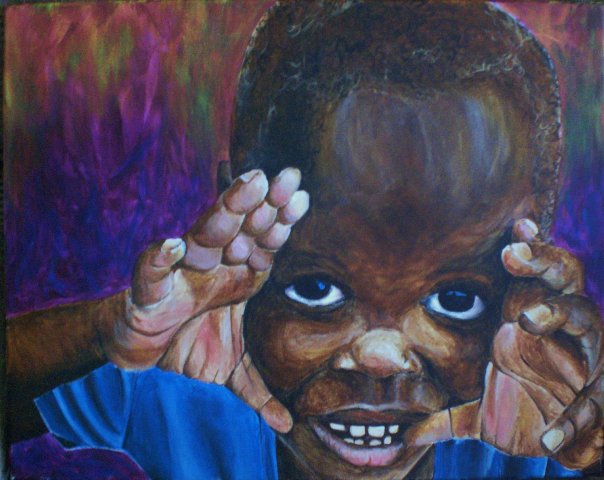
By Beth Watkins | Twitter: @iambethwatkins
I’ve always been a maker. I can’t help myself. I’m an extremely tactile person. I love doing things with my hands and if I see something I think I could make myself, I absolutely want to teach myself how to do it.
I sold homemade jewelry on the playground in 4th grade, and again in high school. I carried around no less than 4 notebooks and 50 pens from the 5th to the 10th grade – always on the ready to doodle, draw, and write about my feelings in full color. I got my first set of real paints when I was 11, set up my studio in the basement, and read books about impressionism before bed. I won my first award for a painting when I was 12 and sold my first acrylic painting when I was 16. I was always collecting supplies, making things out of what I could find, and went through a really intense phase of dyeing, appliqueing, and painting on my clothes.
I thought I would apply to art school, but then decided God wanted me in Africa instead. I took my acrylic paints with me but turns out when you live in a desert the paint dries a lot faster and I couldn’t work with it the same way. So I made jewelry with beads and electric wire. I took bottle caps and wire and sat with street boys and we made cars, snakes, and rickshaw sculptures. When I went home I’d draw pictures of these boys, of my desert home, crosshatching their faces, the mosques, the ladies in their colorful tobes.
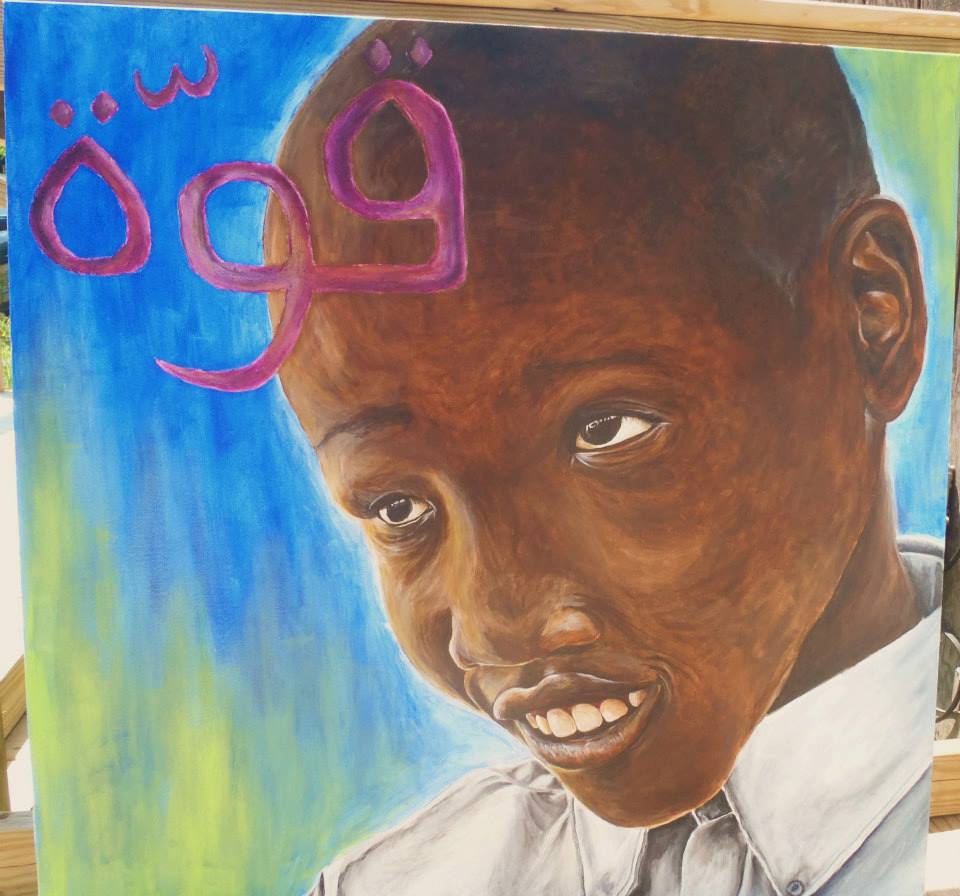
A few years later I sat with former street girls at a center in South Sudan and we made bead looms out of cardboard and they learned to weave necklaces and bracelets, attaching them to closures made from inner tube. They loved it.
We’d sit for hours and hours, wondering where the time went – marveling at how quiet the center was now that hands were occupied and fights broke out less. The older girls would teach the younger ones, and we sold their wares. By doing so the girls stopped selling their bodies. They made their own intricate designs, invented their own techniques, and went from students to teachers.
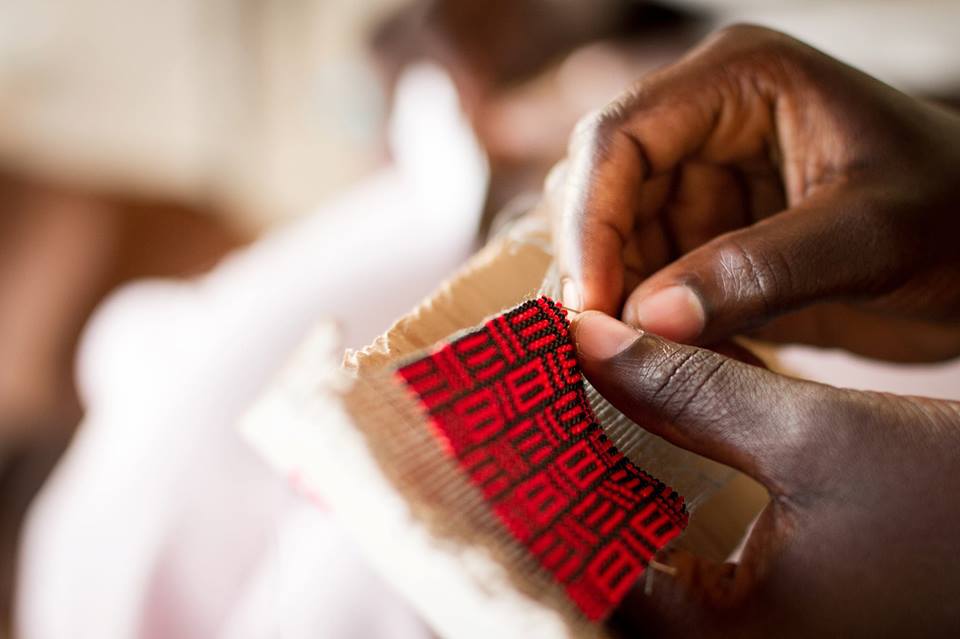
Again, in the evenings, I’d sketch their faces as I wrote their stories in my journal, not sure how so much beauty and so much pain could coincide together.
I’m back in the US now – taking my making with me. I’ve learned to make shoes, how to can tomatoes and pickles (the composing of a delicious meal being as much creation as a painting – just one that nourishes us in different ways) and make standing planters and raised garden beds out of burlap sacks, scrap bricks, and anything else I can find.
I’m still painting portraits – our house is filled with colorful paintings of African faces. Faces of people I’ve known, loved, and had to leave. As I paint them I remember, I pray. They are tributes in a way. Marks of seasons now over. They fade into the background now, more or less, but sometimes I stop and I remember. Faces of people I love, marking dreams lost, grief, the changing of things with time.
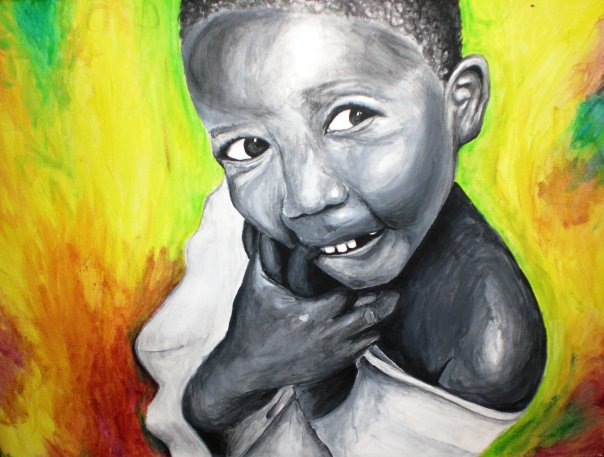
My husband and I were apart the last three months of our engagement. He was still in South Sudan and I was in the US getting counseling and planning our wedding. I painted a 3’x3’ portrait of our faces from a picture taken the night we got engaged. I was worried for him, still in a tumultuous place, a country at war. I couldn’t hug him, touch him, see in his eyes if he was ok or not, so I painted him. I got to scrutinize each hair, each freckle, the curve of his smile and render it with my own hand. It was deeply meaningful to paint, forming his face on a canvas when he was so far away.
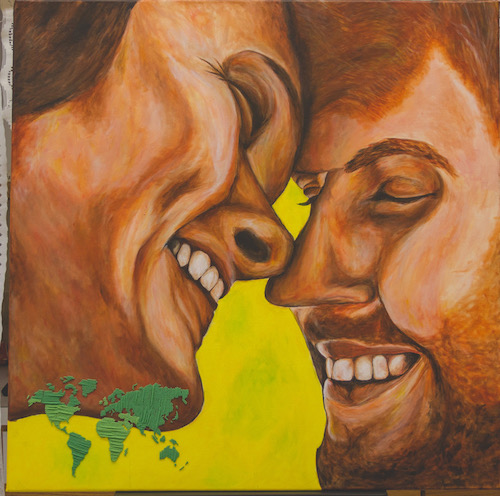
I make out of practicality sometimes, but mostly joy. And I think it is in this joy we ourselves have been made.
I always did and I still do get a little flutter when I finish a picture or project. Whether it’s shoes for a friend, an ambitious baking project, an illustration for a freelance project, or another portrait on our ever-crowded walls, I get the flutter because while I’m in the process I’m never always sure that finishing will come.
Most of what I make isn’t for day-to-day use. Much of it sits tucked away. It’s the making that fills my soul. An idea that is seen through until the end. Getting surprised again and again that some of the things I make turn out nicely. All the better if it is something that sparks joy for someone I love.
Maybe that’s what the Creator feels about us too. I don’t think God gets surprised about what those Almighty hands are capable of, but God must experience something like pure joy in creation. Joy that begets joy. God creates us and not only do we find great joy in what else and who else has been created alongside, we take what we have and what we can find and we make art, gardens, jewelry and clothing, homes and poems, stews and cakes and we make and we make and we multiply joy as we create as God taught us how.
We are makers of beauty because we’ve been beautifully crafted.
We are unique and flawed, becoming masters in our crafts while others master theirs. We make mistakes and we learn and we make as we have been made. We create as we have been created. In love, in pained labor, and the world is better because we keep making, because we’ve been made in the image, and part of that image is that of maker.(all images by Beth Watkins)
About Beth:
 Beth Watkins spent the last 6 years working in North and Sub-Saharan Africa with vulnerable populations. She is currently settling back in the US with her immigrant husband and writes about flailing awkwardly into neighbor-love at http://www.iambethwatkins.com and on Twitter: @iambethwatkins.
Beth Watkins spent the last 6 years working in North and Sub-Saharan Africa with vulnerable populations. She is currently settling back in the US with her immigrant husband and writes about flailing awkwardly into neighbor-love at http://www.iambethwatkins.com and on Twitter: @iambethwatkins.
***
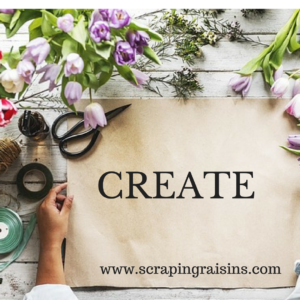
Our theme this month is “Create.” If you are a maker, artist, or creator and you would like to guest post, I still have a few spots left! Otherwise, check out the themes for the coming months here. The theme for July is “Hospitality Around the World.” And if you’re not interested in guest posting, follow me on social media (buttons on the top right) to be sure you don’t miss a post this month!
Sign up for the (occasional) Mid-month Digest and the (loosely) “end of the month” Secret Newsletter Here:
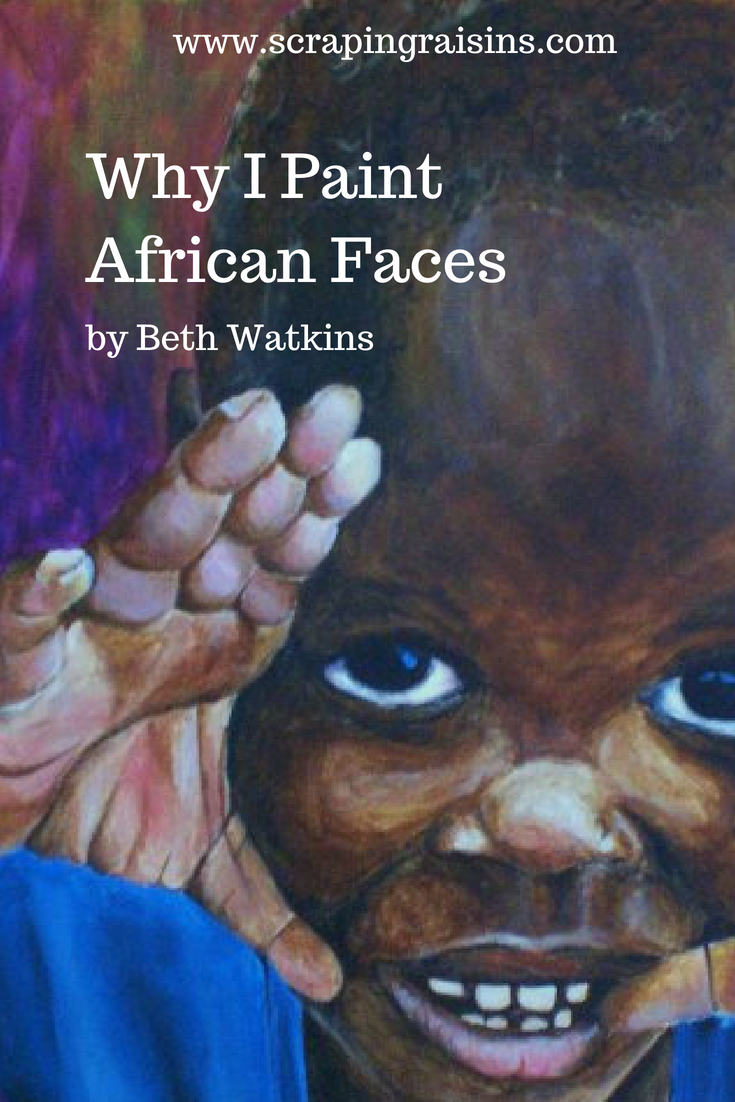

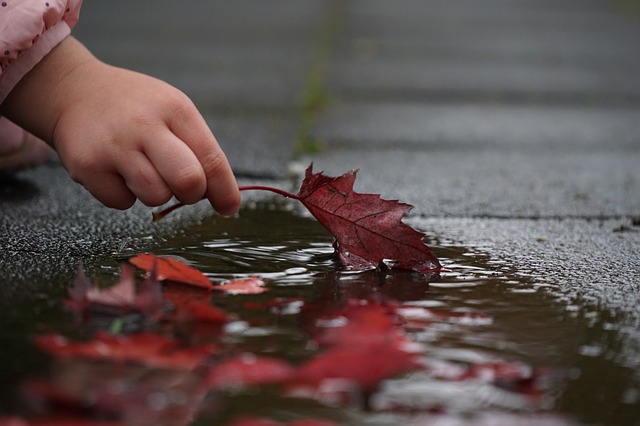
 Sheli Massie is a story keeper, seeker of justice, healing and hope in a broken world. She believes in longer tables, unlocked doors and living a barefoot life. She and her husband live outside of Chicago with their five children and one grandlove. You can find her over on Instagram @shelimassie_, Redbud Writers,
Sheli Massie is a story keeper, seeker of justice, healing and hope in a broken world. She believes in longer tables, unlocked doors and living a barefoot life. She and her husband live outside of Chicago with their five children and one grandlove. You can find her over on Instagram @shelimassie_, Redbud Writers, 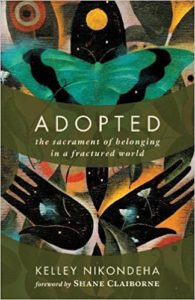 For our last week of posts on foster care, adoption and children, I’m giving away a free copy of Kelley’s book,
For our last week of posts on foster care, adoption and children, I’m giving away a free copy of Kelley’s book, 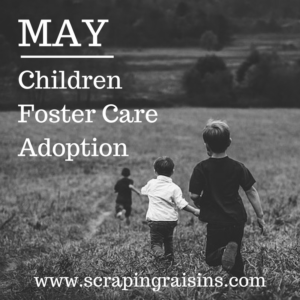

 Dr. Yabome Gilpin-Jackson considers herself to be a dreamer, doer and storyteller, committed to imagining and leading the futures we want. She is an award-winning scholar, consultant, writer and curator of African identity and leadership stories. She was born in Germany, grew up in Sierra Leone, and completed her studies in Canada and the USA. Yabome was named International African Woman of the Year by UK-based Women4Africa and also won the Emerging Organization Development Practitioner by the US-based Organization Development Network. Yabome, who is married and the mother of 3 children, has also published several journal articles and book chapters and continues to research, write and speak – most recently at Princeton University – on the importance of holding global mindsets and honouring diversity and social inclusion in our locally global world.
Dr. Yabome Gilpin-Jackson considers herself to be a dreamer, doer and storyteller, committed to imagining and leading the futures we want. She is an award-winning scholar, consultant, writer and curator of African identity and leadership stories. She was born in Germany, grew up in Sierra Leone, and completed her studies in Canada and the USA. Yabome was named International African Woman of the Year by UK-based Women4Africa and also won the Emerging Organization Development Practitioner by the US-based Organization Development Network. Yabome, who is married and the mother of 3 children, has also published several journal articles and book chapters and continues to research, write and speak – most recently at Princeton University – on the importance of holding global mindsets and honouring diversity and social inclusion in our locally global world.
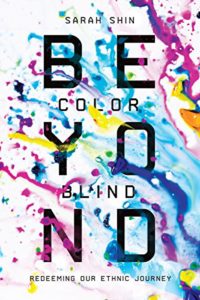 Sign up for the Scraping Raisins newsletter by February 28th and be entered to win a copy of
Sign up for the Scraping Raisins newsletter by February 28th and be entered to win a copy of  This month we’re discussing racism, privilege and bridge building. If you’d like to guest post on this topic, please email me at scrapingraisins(dot)gmail(dot)com. Yes, this is awkward and fraught with the potential for missteps, blunders and embarrassing moments, but it’s necessary. Join me?
This month we’re discussing racism, privilege and bridge building. If you’d like to guest post on this topic, please email me at scrapingraisins(dot)gmail(dot)com. Yes, this is awkward and fraught with the potential for missteps, blunders and embarrassing moments, but it’s necessary. Join me? 